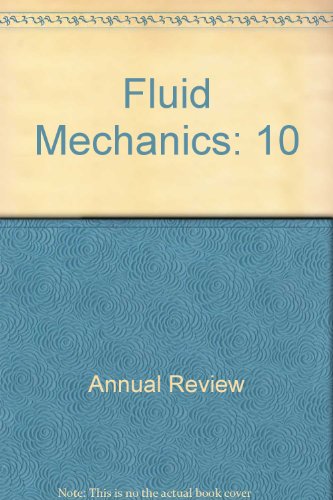液体和气体滑动流动的分子力学
IF 30.2
1区 工程技术
Q1 MECHANICS
引用次数: 0
摘要
考虑到固体边界的不均匀性,滑移流理论将古老的纳维-斯托克斯(Navier-Stokes)描述的适用范围扩展到了更小的尺度,并进入了约束开始变得重要的阶段。由于固体与流体在界面上的相互作用本身具有原子论性质,因此滑移流至少在原则上可以在这个层面上进行预测性描述。本综述旨在总结我们目前对稀释气体和稠密液体中原子层面滑移流动的理解。讨论范围包括气体和液体中滑移的异同、分子模拟方法对滑移的表征和测量、预测滑移的模型以及需要进一步研究的开放性问题。本文章由计算机程序翻译,如有差异,请以英文原文为准。
Molecular Mechanics of Liquid and Gas Slip Flow
By taking into account the inhomogeneity introduced by the presence of a solid boundary, slip-flow theory extends the range of applicability of the venerable Navier–Stokes description to smaller scales and into the regime where confinement starts to be important. Due to the inherently atomistic nature of solid–fluid interactions at their interface, slip flow can be described, at least in principle, predictively at this level. This review aims to summarize our current understanding of slip flow at the atomistic level in dilute gases and dense liquids. The discussion extends over the similarities and differences between slip in gases and liquids, characterization and measurement of slip by molecular simulation methods, models for predicting slip, and open questions requiring further investigation.
求助全文
通过发布文献求助,成功后即可免费获取论文全文。
去求助
来源期刊
CiteScore
54.00
自引率
0.40%
发文量
43
期刊介绍:
The Annual Review of Fluid Mechanics is a longstanding publication dating back to 1969 that explores noteworthy advancements in the field of fluid mechanics. Its comprehensive coverage includes various topics such as the historical and foundational aspects of fluid mechanics, non-newtonian fluids and rheology, both incompressible and compressible fluids, plasma flow, flow stability, multi-phase flows, heat and species transport, fluid flow control, combustion, turbulence, shock waves, and explosions.
Recently, an important development has occurred for this journal. It has transitioned from a gated access model to an open access platform through Annual Reviews' innovative Subscribe to Open program. Consequently, all articles published in the current volume are now freely accessible to the public under a Creative Commons Attribution (CC BY) license.
This new approach not only ensures broader dissemination of research in fluid mechanics but also fosters a more inclusive and collaborative scientific community.

 求助内容:
求助内容: 应助结果提醒方式:
应助结果提醒方式:


